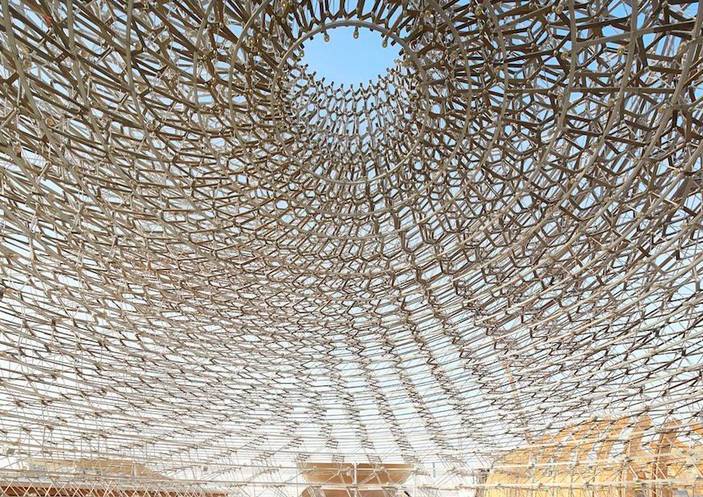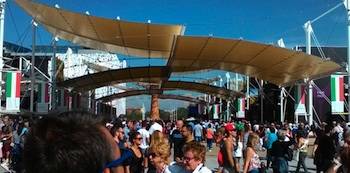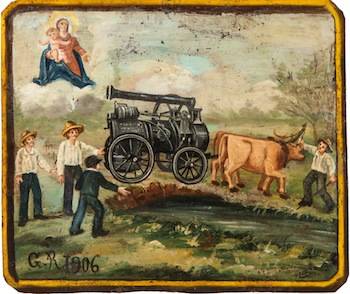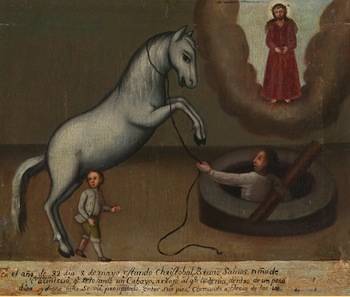Expo Triumphs – But So Does Off Expo
After a slightly slow start, the Expo world fair in Milan is packing them in. In late June, when Expo had been open less than 60 days, some 100,000 visitors arrived daily. By late summer, the daily arrivals had risen to between 130,000 to 150,000, peaking the week of Sept. 14 to 20 with well over 1 million visitors.
On a single day, Sunday, Sept. 10, almost 242,000 surged into the site. As a result, as one Milanese reporter complained, at particularly popular pavilions the lines of people waiting under the hot sun were “interminable,” and indeed “monstrous.”
The longest wait that day – reportedly seven hours – was to see the fascinating Japanese pavilion. Doubtless a seven-hour wait was an exaggeration, but certainly the line was long. All the better, then, that there is not only Expo, but, just like Broadway, there is also an Off Expo, and not only in Milan, echoing the central theme “Feeding the Planet, Energy for Life.”
One of the more tantalizing of the Off Expo exhibitions is called “Dacci oggi il nostro pane quotidiano,” or “Give us this day our daily bread.” On view and celebrating the earth, the gathering of foodstuffs and food itself is a collection of folk paintings called “ex votos” or votive offerings which date from 1600 to 1900, and come from every corner of Italy, but also from Austria and Mexico.
Ex votos are typically informal testimonial paintings, often on wood or glass, which give thanks for the divine intervention that has saved someone from a horrible accident, such as a child fallen into a well, but miraculously rescued. The ex votos on view also document farm life – the joy of a good harvest saved from a fire or from a hail storm, a sick cow restored to good health, huge pumpkins unharmed after tumbling from a train car, the transhumance when, before the snows set in, flocks were walked down from mountain pastures to the warmer South.
Sponsor is the Per Grazie Ricevute Foundation, and the venue is the exhibition space at Via San Marco 12, Milan. Through Oct. 31, 2015, with free entry. Open Monday through Friday from 10 am to 6 pm; Saturday 2 pm to 6 pm; and Sundays, 10 am to 1 pm.
What would be nutrition without bees? “Hive,” the UK pavilion at Expo itself, shows an idyllic orchard and wildflower garden within big honeycombed walls. In it is a gilded steel sphere, designed by artist Wolfgang Buttress, that resembles a beehive, and pulsates and buzzes like one as well. The German Expo pavilion too has landscapes on acrylic glass screens with giant insect eyes overhead that view the exhibit as if from a bee’s perspective.
Bees are at the heart of the 13th edition of La Conserva della Neve, a three-day exhibition with lectures, concerts and a market for garden enthusiasts and specialists, held within the Parco dei Daini at Villa Borghese and sponsored by the Rome city Superintendent of Culture. On show, offer and discussion were lessons for children on how to climb trees safely, olive oils, hand-woven linens, handsome garden huts, seeds and bulbs, antique garden furniture, hand-painted ceramics decorated with foods and flowers and, not least, honey of all kinds.
Indeed, the centerpiece of the park area was a beehive – a huge tent of transparent netting containing a hive of 40,000 bees. Also inside the tent: talented young musician-composers playing, depending upon the hour, a grand piano or an electronic viola. The concert hours were chosen so as to coincide with the bees’ most active times of day, and the musicians – carefully covered in all-white outfits including big masks – improvised by interacting with the variations in the humming of the bees.






































i-Italy
Facebook
Google+
This work may not be reproduced, in whole or in part, without prior written permission.
Questo lavoro non può essere riprodotto, in tutto o in parte, senza permesso scritto.